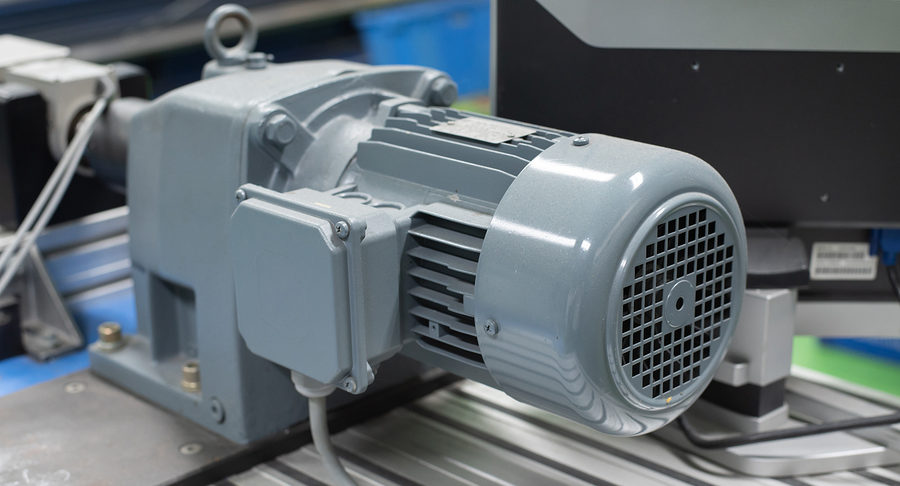A maintenance tech is only as good as his or her tools. When it comes to inspecting motors within the factory setting, instrumentation is critical. Thoroughly inspecting the function and integrity of a motor requires insight far and above keen senses — it demands quantitative data that allows techs to qualify a problem. Instrumentation and tools that provide this information are the keys to predictive maintenance.
Predicting problems by pinpointing stressors
The catalysts for motor failure are many. Overheating mechanical parts, excessive vibration, electrical malfunctions, operator error, and more all contribute to downtime. Unfortunately, most of them go beyond the bounds of the human senses. You can’t touch a motor to determine if there’s excessive vibration or smell its temperature. In fact, by the time human senses can register a problem, it’s too late to prevent.
Instead, techs rely on precision instrumentation to give them vital information: specifically, instrumentation that monitors mechanical and electrical conditions, determining baselines to identify stressors and faults.
Meet the instruments
For industrial motors, there are four chief instruments maintenance techs rely on for insight:
1. Infrared scopes — Thermal imaging is the first line of defense against heat-related stressors. Where friction and other temperature spikes occur, hotspots also occur. This provides instant insight into areas of concern for motor maintenance techs and allows them to make educated guesses about the nature of the issue. And, more importantly, it allows them to proactively repair the problem before failure occurs.
2. Vibration analyzers — Vibration often leads to malfunction by way of unnecessary stress on components, causing microfractures or friction leading to breakdowns. A vibration analyzer monitors the level of vibration during a motor’s operation. After successive measurements, maintenance techs can establish a baseline that allows them to see anomalies and administer preventive repairs.
3. Static analyzers — These instruments monitor a de-energized motor by probing it with controlled signals to measure the response of the motor. If signals aren’t handled appropriately, it can clue a tech in on anything from winding issues to electrical connection problems. Static analyzers are critical for downtime testing, post-repair testing, and spot checks on unused assemblies.
4. Dynamic analyzers — Dynamic analyzers perform a scope of testing opposite static analyzers, used while the motor is running during normal operation. They analyze the current signals being produced by the motor, such as the shape of the current wave relative to the voltage wave. Dynamic analyzers detect issues such as unbalanced loads, allowing techs to administer shutdown repairs or other preventive maintenance.

Staying ahead of motor maintenance
Motors power a great many machines in the factory environment. However, there’s a great deal of diversity to consider across all motors. A DC series motor is vastly different from a single-phase series motor, just like a DC shunt motor varies greatly from a slip ring induction motor. Every motor varies in size and functionality, but all succumb to the same stressors: friction, heat, electrical malfunction, wear, and more.
We know the stressors and we have the equipment to identify them. Using infrared (thermal) imaging, vibration analysis, and static and dynamic analysis allows techs to understand the duress their motors suffer from. From there, it’s a matter of staying on top of preventive maintenance.
